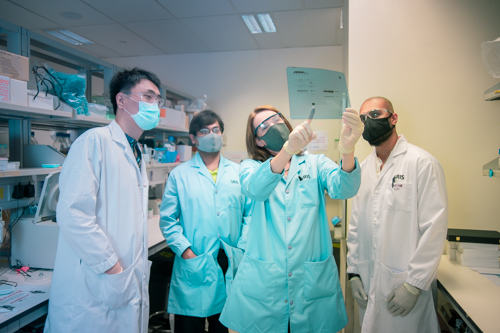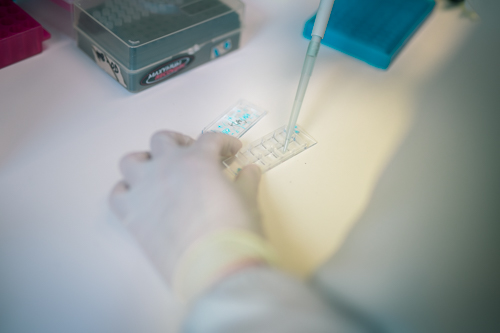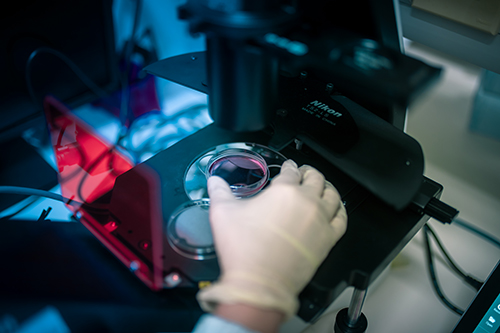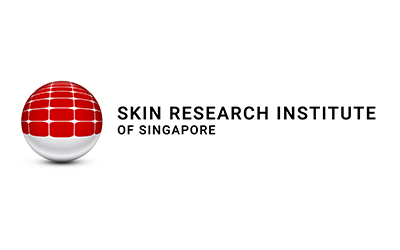skin ageing
Ageing is a universal concern as people worldwide are living longer. According to world demographics, the proportion of the population aged between 65 and 85 is steadily growing in all countries. As a result of improved global health conditions, the increasing ageing population leads to new challenges in managing age-related skin disorders.
At a biological level, skin ageing results from intrinsic factors like genetic predisposition, oxidative stress, etc., leading to fine wrinkles and loss of skin elasticity. Sun exposure or pollutants are extrinsic factors that accelerate skin ageing, resulting in premature loss of skin homeostasis and barrier function, as well as hyperpigmentation.
To design interventional strategies/compounds that will address various skin conditions, a deep understanding of the molecular pathways underpinning the ageing process is critical.
Our approach
The Ageing Programme brings together biologists, engineers, and clinicians to understand the mechanisms driving skin ageing, enabling us to develop better treatments to slow the ageing process, treat age-related skin disorders and improve patient care.
Asian skin ages differently from Caucasian skin and can be more prone to skin conditions (e.g. hyperpigmentation). One focus area is the study of the differences between Asian and Caucasian skin in detail so that more customised treatments can be developed.
Another goal of the Ageing Programme is to understand how genetics, lifestyle and environmental factors impact our skin, with the goal of developing more effective treatments to delay stress-induced skin ageing.
Enhancing skin health
We are working to identify and understand the molecular drivers that promote a healthy skin barrier. Our research has shown that maintaining appropriate polyamine levels is essential for forming a healthy skin barrier and is important for efficient wound healing. We explore how polyamines can promote skin barrier formation and hope to develop polyamine-derived technologies to enhance skin health. Additionally, we are also working on manipulating polyamine levels to improve patient care in the context of certain age-associated skin disorders. Additional projects in the program focus on understanding the role of epigenetic changes in the promotion of a healthy skin barrier and understanding how these marks change and drive skin ageing.

IDENTIFYING AGED CELLS
Ageing manifests itself in many ways such as wrinkling and pigmentation. Our goal is to identify aged or senescent cells within the skin and explore how the different senescent cell types contribute to skin ageing. Our goal is to remove or modulate the function of these cells to ameliorate age-associated phenotypes. Lastly, we are studying the fundamental processes that drive ageing by studying human diseases characterized by premature ageing.

Anti-ageing molecules
Our research topics include both basic and translational projects, emphasizing stemness, premature ageing, and photoageing.
We use 2D culture of human primary keratinocytes (HPKs) and 3D organotypic skin models to study the molecular pathways that regulate the HPK shift from proliferation to differentiation/senescence in the human skin epidermis. In addition, we are also investigating mechanisms of action of anti-ageing molecules ranging from cell cycle and metabolism regulators to nutraceuticals.

Contact us
For more information on the SKIN AGEING Programme, please contact Dr. Leah Vardy, Dr. Oliver Dreesen, and Dr. Sophie Bellanger
A*STAR celebrates International Women's Day

From groundbreaking discoveries to cutting-edge research, our researchers are empowering the next generation of female science, technology, engineering and mathematics (STEM) leaders.
Get inspired by our #WomeninSTEM
